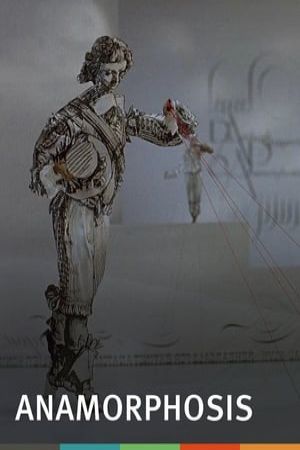In this film, the Kui brothers become the researchers who cracked the image code of 16th century European painting. The film is like a scientific and educational film or even a tutorial. it combines the portraits drawn on the cut paper with three-dimensional puppets to show the characteristics of plane and stereo animation at the same time. The film explains how obscure images are transformed into another visual image that can be concealed by perspective in some European paintings in the 16th century: the front of one painting looks like a landscape, while another portrait can be seen from the oblique side. The film ends with the most famous example of using this method of image distortion-the Portrait of the Ambassador by Hans Holbein, Jr., in 1533. The famous "Skeleton Perspective" at the bottom of the painting also suggests the origin of the name "Holbein": "Holbein" means "Hollow bone"-"Hohl bein".
 7.3
7.3